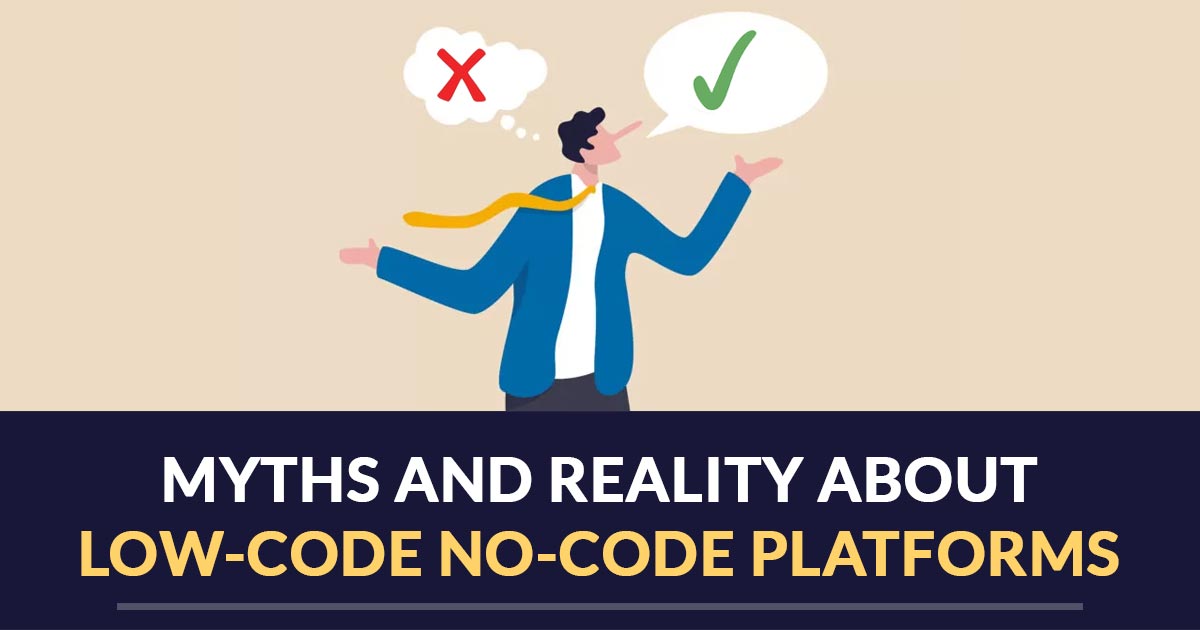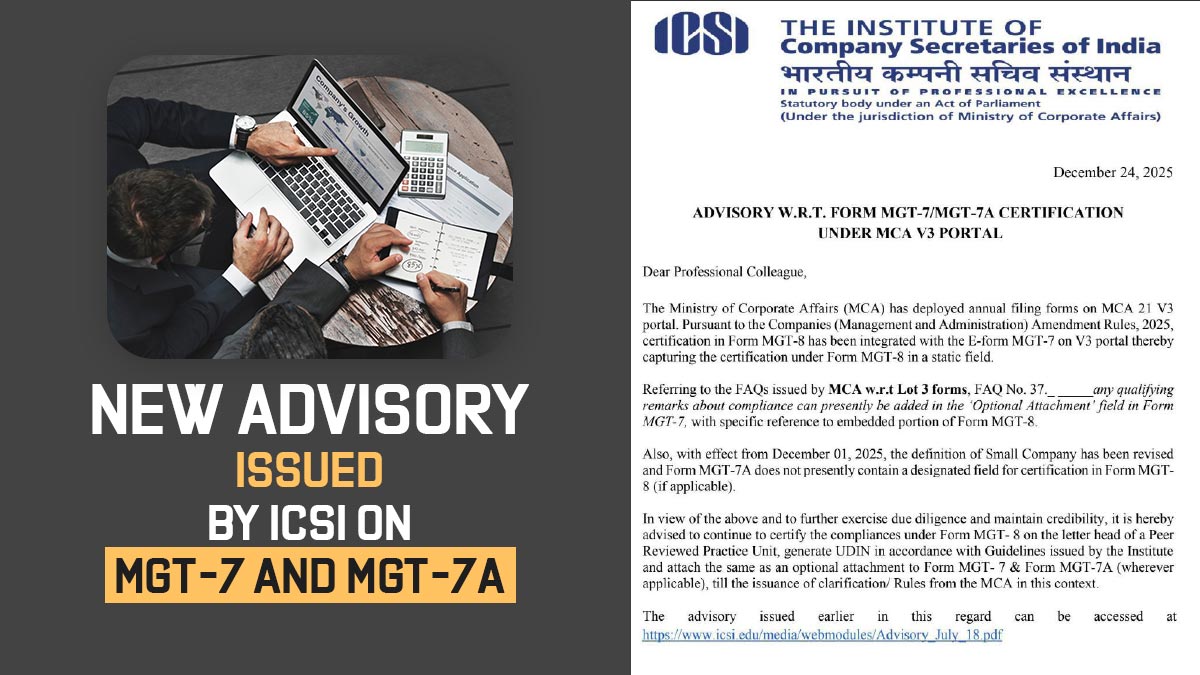
Every sector is coming under the radar of the digital revolution. It is slowly digitizing businesses and improving the way they work. Apps, in particular, are in extensive demand and that’s why businesses, as well as developers, have been continuously looking for advanced low-code no-code platforms to provide the solution faster and more accurately to the user’s needs.
Low-code no-code platforms seem to be the perfect solution that can help them in this endeavor. It is in trend now and they are in trend for a number of reasons, including the lack of skilled developers and the need to reduce the time required for digital transformation projects so that businesses can join this revolution as quickly as possible.
In the current scenario, a development company can’t take months for development and exorbitant costs to complete a project. Businesses too are struggling for survival so they are also looking for a more accurate and affordable way to get the solution. That’s where low-code and no-code platforms fit in.
However, there are some myths about low-code no-code platforms that are preventing organizations from choosing these platforms for app development. These are the myths that we are going to debunk in our article with facts. Our in-depth article will also help you understand why low-code no-code platforms are the future of app development.
Myth1: Low-Code No-Code Platforms Only for Civilian Developers
The reality of Myth 1 – Many business owners think that low-code and no-code platforms are only for civilian developers. But these LCNC platforms let cross-functional teams participate in the development of applications. Team members get a collaborative environment that makes it easy to build applications and solve their unique challenges.
Low-code-no-ode platforms may look more focused on citizen developers, but they are well suitable for the requirements of enterprise users and civilian developers. Since on these platforms, no professional level coding is required, power users (with technical skills), as well as professional developers, and Citizen users will be happy to use these platforms and deliver something robust, unique, and fully functional.
Myth 2: LCNC Platform Promotes Shadow IT
The reality of myth 2 – Shadow IT means mismanaged and uncontrolled development and use of apps. Since app development becomes easier with low-code no-code platforms, people think that anyone can start building apps resulting in detached systems and mess.
If the Low-code no-code platform is used properly, then it can enable power users, citizen developers, and business users to get what they are looking for. Developers can solve their own unique challenges and build applications under the governance of a central IT team. This team is empowered to eliminate the chance of any shadow IT.
Myth 3: LCNC Platforms Only Suitable for Small Departmental Applications
The reality of Myth 3 – Apps and software developed with low-code and no-code platforms are currently being used as dedicated enterprise applications by organizations of all sizes around the world. While traditional no-code platforms are ideal for simple departmental applications, there are also advanced no-code platforms available that allow business users to build complex enterprise-grade applications. With low code platforms and some technical skills, developers can build even more complex applications.
Many organizations avoid low-code no-code methods because they sound basic, and are also popular for only simple solutions. These platforms are capable of more than just doing little things. Applications developed with these platforms can be scaled and expanded after starting at a very small level.
Myth 4: Low-code No-code Only Developed the Application
The reality of myth 4 -The truth is that the low-code no-code platforms are for a complete application development life-cycle. It can take care of applications from idea to deployment and even maintenance. These platforms focus not only on the build phase but on everything else as well including design, testing, deployment, and maintenance. These platforms also feature capabilities of agile project management, social collaboration, user feedback loops, etc.
Myth 5: Customization Very Hard by Using LCNC Platform
The reality of myth 5 -The purpose of low-code and no-code platforms is to provide a tool to develop apps easily without needing much technical skill. However, for more customization, there are Advanced low-code and no-code platforms available in the market as well. Software developers have the option to extend the functionality of the low-code platform whenever needed. The advanced low-code platforms offer a lot of flexibility and functionality to take care of everything.
Myth 6: Easy to Develop Application by Common Man
The reality of myth 6 – Even though low-code and no-code platforms make application development hassle-free and faster compared to the traditional methods, it still requires users to have basic knowledge, functional knowledge of business requirements, and mastery of using all the features of the platforms.
Myth 7: Low-code No-code Platforms Suitable for Lightweight Apps
The reality of myth 7 -Low-code and no-code platforms can be used to build apps for businesses and citizens. But advanced versions of these platforms are also available in the market which can be used to develop straightforward to very complex applications. If we talk about examples then there is a well-known app for insurance claim processing and an end-to-end HRMS system. With low-code platforms you can add custom code, thus they can also be used to build complex enterprise-grade apps. No-code platforms are also improving and adding more and more features that will make them suitable for bigger projects soon.
Myth 8: Scalability is Impossible with Low-code No-code Platforms
The reality of myth 8 -This myth was true for the earlier versions of these platforms but with the latest versions, this myth is just myth, not truth. The latest cloud-based advanced low-code and no-code platforms offer endless potential in terms of performance and scalability. Many new businesses have opted for these platforms for their business app a few years back and with time businesses, as well as the app, become bigger and better.
Read Also: How Does No-code App Development Builder Work?
Myth 9: LCNC Platforms Don’t Offer Flexibility
The reality of myth 9 -In reality, Low-code no-code platforms are built for providing flexibility to individuals as well as businesses to solve their own problems and build an app with the solution. It gives freedom and flexibility to the user to turn their unique ideas into an application in a short time frame. Unlike ready-to-use software, these platforms allow users to modify or extend the functionality of the app at any time.
Similar: Journey of Major Programming Languages with SDMT Future
Myth 10: Outdated Coding Developed by LCNC Platforms
The Reality of Myth 10 -Low-code and no-code platforms provide intuitive drag-and-drop and visual interfaces for building apps. It dramatically reduces the time and cost required in application development. So, this myth is not a myth in the case of no-case platforms but when it comes to low-code platforms then it is a must to have a certain level of coding skill. Additionally, when we look at the advanced features and customization than a professional level of coding will be required as well.
Myth 11: Low-code no-code Platforms Hinder Collaboration
The reality of myth 11 -If you’ve been with us by now, you already know that collaboration is an essential component of low-code and no-code platforms. This method of app development requires more collaboration than traditional development. These platforms allow for easy collaboration so that business users can come together to build the end product while being governed by a central IT team.
Myth 12: Low-Code No-Code Platforms are Not Safe
The reality of myth 12 -It depends on the low-code no-code platform you choose. A good platform will never take security for granted. They will ensure full adherence to privacy and security measure. Good platforms ensure that the suited controls are placed at each stage of operation, including UI/UX design, development, hosting, delivery, and maintenance, to ensure that security and privacy remain intact.
Myth 13: Low-code no-code Platforms Lead to the Lock-in Effect
The reality of myth 13 -All cloud-based subscription platforms work in the same way. They offer services under the pay-as-you-go model so customers can pay and use all the services of the platform on a monthly/ yearly basis. There is no difference in the working of low-code and no-code platforms. An important fact that you should check before choosing a platform is that the platform vendor allows them to export their complete data at the time of service termination.
Myth 14: Just Only New Trend of Low-code No-code Platforms
The reality of myth 14 -The low-code no-code platforms are in trend now but don’t worry it is here to stay. These platforms become popular because they allow users to create an app easily and without paying much. The history of low-code no-code platforms goes back as far as the 1980s, but they were reintroduced in 2014 and have grown rapidly since then. Some online sources already said that the low-code or no-code platforms are the future of application platforms, with an expected growth rate of 44.4% by 2022, up from $4.32 billion in 2017 to $27.23 billion.
Myths and Reality
In closing, we hope that you have now successfully concluded that most of the myths about low-code no-code platforms do not contain even a semblance of truth. Some may have stemmed from certain truths, but modern versions of these platforms have taken care of those problems as well. That is why we can all positively say that these platforms are here to stay, be involved, and be effective.
If you are looking for help regarding low-code no-code platforms, whether platform development or no-code app development, SAG Infotech is here to help you. This full-house IT company is always the originator of innovation and meaningful trends so feel free to contact us and be ready to experience world-class services.








